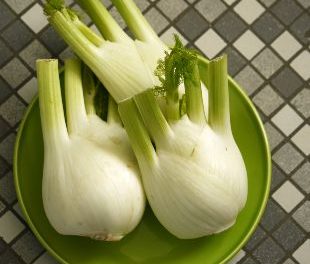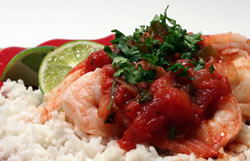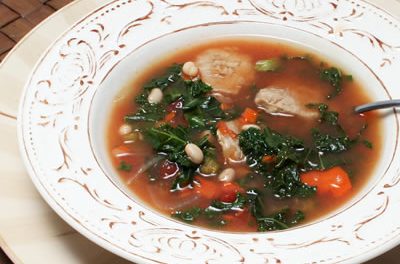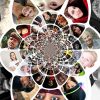Walk into a room after someone has peeled an orange, and the fragrance is positively uplifting. This instant aromatherapy comes from essential oils in the zest, the colored outer layer of citrus skin.
Polyphenols, the source of citrus's fragrance, also add flavor in cooking, and they are potent cancer-blocking antioxidants.
The challenge in using zest is removing it from the fruit easily, and without including any pith, the bitter-tasting layer just beneath it.
Even a tiny bit of pith left on the zest can result in a very unpleasant taste. To avoid this, chefs have devised a variety of instruments and methods over the years.
The fastest, simplest way to remove the zest from citrus is with a microplane. That's right, the woodworking tool called a rasp. Resembling a long, narrow grater, its fine teeth whisk zest off in a wink - as long as this is done with a light, gentle hand.
A microplane can create angel-hair fine curls, pith-free and ready to use. Microplanes cost as little as ten dollars. They do a brilliant job grating hard cheeses and fresh ginger, too, and are far superior to a zester, a culinary tool that makes long thin strips, often with pith attached, and can leave a great deal of zest behind on the fruit.
A swivel-blade vegetable peeler neatly removes zest in wider strips that are excellent for making apple sauce, as with lemon zest, or butternut squash soup, using orange zest, and removed before serving the finished dish.
A sharp paring knife also works Slice the strips lengthwise into the thinnest strips, using a sharp knife. Turn them over to expose the interior side to check if any pith remains. If so, hold down the strip, cut side up, at one end with a fingertip and, with the blade of the knife almost horizontal to the zest, work it between the pith and the peel, slicing away the pith.
If only small bits of pinch remain, they can be gently scraped off with the edge of the knife. The strips can then be cut crosswise and minced. Coarser than grated zest, these fine bits release delightful flavor bursts in baked goods, tabbouleh and rice salad.
Black Bean and Orange Salsa
Makes 8 servings.
Ingredients
- 1 navel orange
- 1 can (15 ounces) black beans, rinsed and drained
- 1 small yellow bell pepper, seeded and finely chopped
- 1 jalapeno pepper, seeded and finely chopped
- 1/2 cup cilantro leaves (stems removed), finely chopped
- 1/2 cup finely chopped scallions, white and green parts
- 1 Tbsp. fresh lime juice
- Salt and freshly ground black pepper, to taste
- 1 tsp. canola oil
Directions
- Grate 1 teaspoon of zest from the orange. Peel and section the orange, holding it over a medium bowl to reserve the juice. Chop the sections and place them, with all the juice collected into the bowl. Add the beans, yellow pepper, jalapeno, cilantro and scallions.
- Whisk together the lime juice and oil in a small bowl. Mix it into the salsa, tossing with a a fork to combine. Season to taste with salt and pepper.
- Mix in the orange zest. Let the salsa stand 30 minutes before serving to allow the flavors to develop and meld. This salsa keeps for 24 hours, tightly covered, in the refrigerator.
Nutritional Information Per Serving:
65 calories,
1 g. total fat,
0 g. saturated fat,
11 g. carbohydrate,
3 g. protein,
4 g. dietary fiber,
166 mg. sodium
Diabetic Exchanges: 1 Vegetable, 1/2 Fruit
0
AICR







